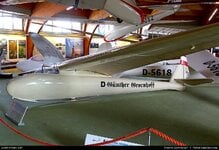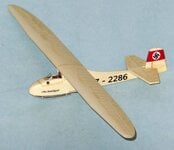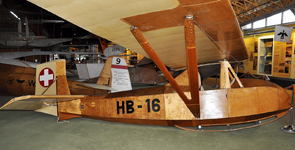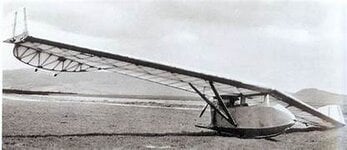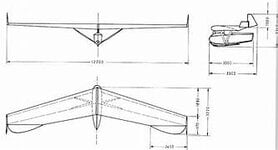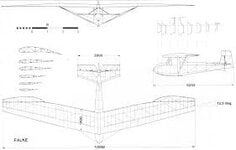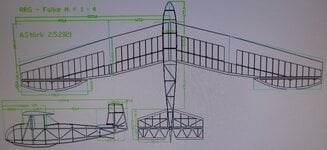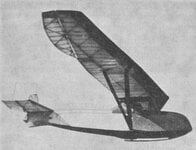First off, is this a known model of German glider? I couldn't find anything similar. Secondly, I'm wondering if this might have been a training glider for pilots of the 1st Fallschirm-Panzer Division -- maybe even used by pilots who flew during the raid on Eben Emael?

--Kevin
--Kevin

